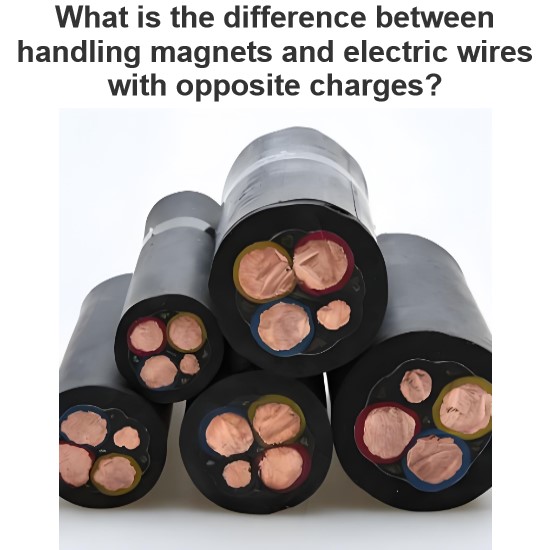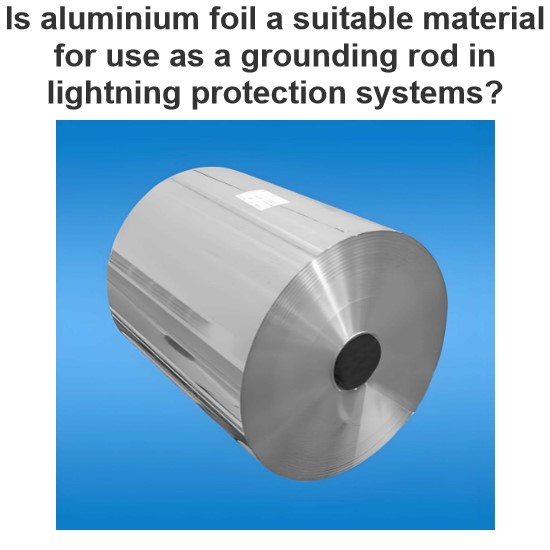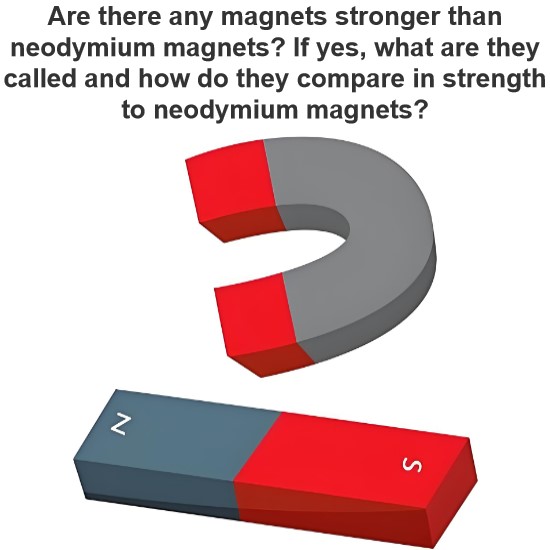A Comprehensive Guide to Different Types of Lamps and Their Applications
What is a Lamp?
A lamp is defined as an artificial source of light that can be used for illumination, decoration, or signaling. Lamps have been around for thousands of years, evolving from simple vessels filled with animal fat and wicks to sophisticated devices that use electricity, gas, or solar power. Lamps can vary in their size, shape, design, color, brightness, and energy efficiency.
Why are Lamps Important?
Lamps are important for many reasons. They can provide the following:
Visibility: Lamps can help us see better in dark or dim environments, such as at night, indoors, or in tunnels. They can also enhance our perception of colors, shapes, and details.
Safety: Lamps can prevent accidents and injuries by making hazards more visible and warning us of potential dangers. They can also deter crime and vandalism by creating a sense of security and surveillance.
Comfort: Lamps can create a cozy and relaxing atmosphere by adjusting the temperature, intensity, and color of the light. They can also influence our moods, emotions, and circadian rhythms by mimicking natural light cycles.
Beauty: Lamps can add aesthetic value and style to any space by creating focal points, highlighting features, and complementing the overall theme. They can also express our personality and preferences by choosing different types of lamps and their applications.
How do Lamps Work?
Lamps work by converting different forms of energy into visible light. The most common forms of energy are:
Electricity: Electricity is the flow of electrons through a conductor. When electricity passes through a lamp’s filament, gas, or semiconductor, it causes them to emit photons (light particles).
Gas: Gas is a state of matter that consists of molecules that are free to move. When gas is heated or exposed to an electric current, it produces light by ionizing (losing or gaining electrons) or exciting (increasing the energy level) its atoms.
Solar: Solar is the radiant energy that comes from the sun. When solar energy hits a lamp’s photovoltaic cell (a device that converts light into electricity), it generates an electric current that powers the lamp.
What are the Different Types of Lamps?
There are many different types of lamps available on the market today. These lamps differ in their operating principle, materials used, and, importantly – their energy efficiency. The main types of lamps are:

Incandescent Lamps: Incandescent lamps are the oldest and simplest type of lamps. They work by passing an electric current through a thin metal filament (usually made of tungsten) that heats up and glows. Incandescent lamps produce a warm and yellowish light that is similar to natural sunlight. However, they are also very inefficient and wasteful, as they convert only about 10% of the electricity into light and the rest into heat. Incandescent lamps have a short lifespan (about 1,000 hours) and are gradually being phased out by more energy-efficient alternatives.
Tungsten Halogen Lamps: Tungsten halogen lamps are a type of incandescent lamps that have a small amount of halogen gas (such as iodine or bromine) inside the bulb. The halogen gas prevents the tungsten filament from evaporating and depositing on the glass envelope, thus extending its lifespan (about 2,000 to 4,000 hours) and maintaining its brightness. Tungsten halogen lamps produce a bright and white light that is suitable for accent lighting and task lighting. However, they are also very hot and require special fixtures and handling.
Fluorescent Lamps: Fluorescent lamps are a type of gas-discharge lamps that work by passing an electric current through a tube filled with low-pressure mercury vapor and inert gas (such as argon or neon). The electric current excites the mercury atoms, which emit ultraviolet (UV) radiation. The UV radiation then strikes a phosphor coating on the inside of the tube, which converts it into visible light. Fluorescent lamps produce a cool and white light that is ideal for general lighting and commercial applications. They are also more energy-efficient and longer-lasting (about 10,000 to 20,000 hours) than incandescent lamps. However, they contain mercury (a toxic substance) and require a ballast (a device that regulates the electric current) to start the lamp. Fluorescent lamps have some disadvantages, such as:
Mercury content: Fluorescent lamps contain a small amount of mercury, a toxic substance that can harm humans and the environment if the lamps are broken or disposed of improperly. Mercury can cause neurological damage, respiratory problems, and skin irritation. Fluorescent lamps should be handled carefully and recycled at designated facilities.
Flickering and buzzing: Fluorescent lamps may flicker or buzz when they are turned on or off, or when they are near the end of their life. This can be annoying and distracting for some people, and may also affect the performance of electronic devices and sensitive equipment. Flickering and buzzing can be reduced by using high-quality ballasts and lamps.
Color rendering: Fluorescent lamps have a lower color rendering index (CRI) than incandescent lamps, which means they may not show the true colors of objects and people. This can affect the appearance and mood of a space, as well as the accuracy of tasks that require color discrimination. Fluorescent lamps with higher CRI values are available, but they may cost more and have lower luminous efficacy (the amount of light produced per unit of power consumed).
Warm-up time: Fluorescent lamps may take some time to reach their full brightness when they are turned on, especially in cold temperatures. This can be inconvenient and inefficient for applications that require instant illumination. Some fluorescent lamps have rapid-start or instant-start features that minimize the warm-up time.
Compact Fluorescent Lamps (CFLs): Compact fluorescent lamps (CFLs) are a type of fluorescent lamps that are designed to fit into standard household light sockets. They have a spiral or folded shape that reduces their size and increases their surface area. CFLs are more energy-efficient and longer-lasting (about 8,000 to 15,000 hours) than incandescent lamps, and they come in different shapes, sizes, colors, and wattages. However, they also share some of the disadvantages of fluorescent lamps, such as mercury content, flickering, buzzing, color rendering, and warm-up time. In addition, CFLs may not be compatible with some dimmers, timers, motion sensors, and photocells.
Mercury Vapour Lamps: Mercury vapour lamps are a type of gas-discharge lamps that work by passing an electric current through a tube filled with high-pressure mercury vapour. The electric current ionizes the mercury atoms, which emit visible light and ultraviolet (UV) radiation. Mercury vapour lamps produce a bluish-green light that is suitable for outdoor lighting and industrial applications. They are also more energy-efficient and longer-lasting (about 24,000 hours) than incandescent lamps. However, they also have some disadvantages, such as:
Mercury content: Mercury vapour lamps contain a high amount of mercury, which can pose serious health and environmental risks if the lamps are broken or disposed of improperly. Mercury can cause neurological damage, respiratory problems, and skin irritation. Mercury vapour lamps should be handled carefully and recycled at designated facilities .
Color rendering: Mercury vapour lamps have a low color rendering index (CRI) of about 20, which means they do not show the true colors of objects and people. This can affect the appearance and mood of a space, as well as the accuracy of tasks that require color discrimination. Mercury vapour lamps with higher CRI values are available, but they may cost more and have lower luminous efficacy .
Warm-up time: Mercury vapour lamps may take several minutes to reach their full brightness when they are turned on, especially in cold temperatures. This can be inconvenient and inefficient for applications that require instant illumination. Some mercury vapour lamps have rapid-start or instant-start features that minimize the warm-up time .
Metal Halide Lamps: Metal halide lamps are a type of gas-discharge lamps that work by passing an electric current through a tube filled with high-pressure mercury vapour and metal halides (compounds of metals with bromine or iodine). The electric current ionizes the mercury and metal atoms, which emit visible light and ultraviolet (UV) radiation. Metal halide lamps produce a bright and white light that is suitable for indoor and outdoor lighting and industrial applications. They are also more energy-efficient and longer-lasting (about 10,000 to 20,000 hours) than incandescent lamps. However, they also have some disadvantages, such as:
Mercury content: Metal halide lamps contain a high amount of mercury, which can pose serious health and environmental risks if the lamps are broken or disposed of improperly. Mercury can cause neurological damage, respiratory problems, and skin irritation. Metal halide lamps should be handled carefully and recycled at designated facilities .
Color rendering: Metal halide lamps have a moderate color rendering index (CRI) of about 65 to 90, which means they may not show the true colors of objects and people as well as some other types of lamps. This can affect the appearance and mood of a space, as well as the accuracy of tasks that require color discrimination. Metal halide lamps with higher CRI values are available, but they may cost more and have lower luminous efficacy .
Warm-up time: Metal halide lamps may take several minutes to reach their full brightness when they are turned on, especially in cold temperatures. This can be inconvenient and inefficient for applications that require instant illumination. Some metal halide lamps have rapid-start or instant-start features that minimize the warm-up time .

Conclusion
Lamps are artificial sources of light that can provide visibility, safety, comfort, and beauty for various applications. Lamps can be classified into different types based on their operating principle, materials used, and energy efficiency. The main types of lamps are incandescent lamps, tungsten halogen lamps, fluorescent lamps, compact fluorescent lamps, mercury vapour lamps, and metal halide lamps. Each type of lamp has its own advantages and disadvantages that should be considered before choosing the best lamp for a specific purpose. Lamps should also be used and disposed of properly to avoid health and environmental hazards.
Statement: Respect the original, good articles worth sharing, if there is infringement please contact delete.
Electrical4U is dedicated to the teaching and sharing of all things related to electrical and electronics engineering.




